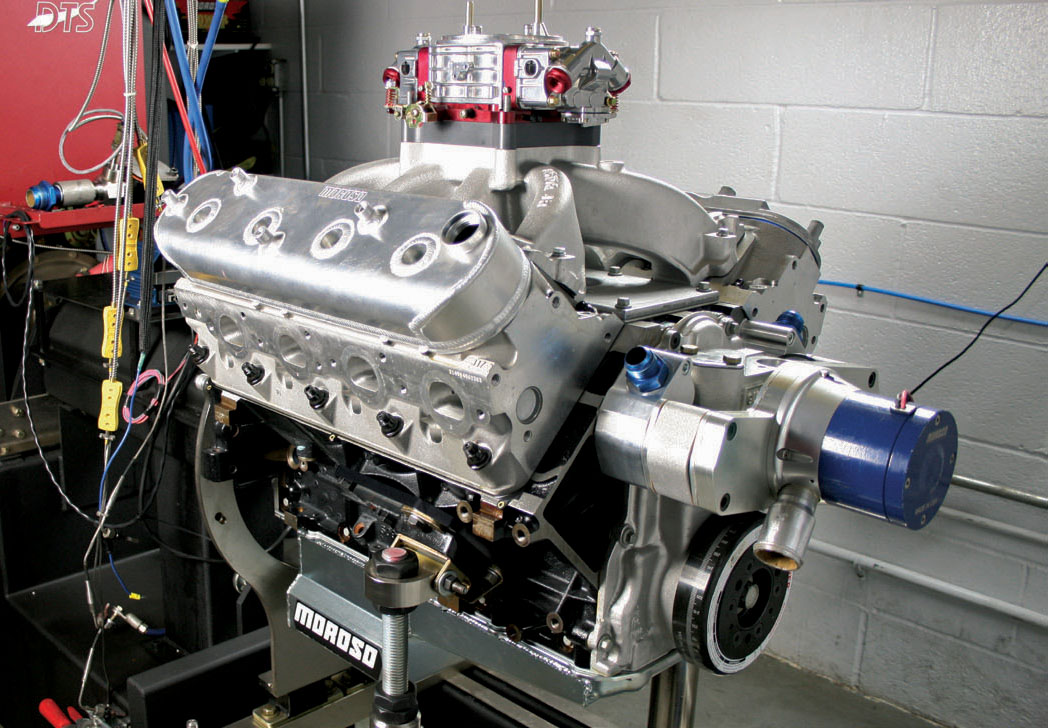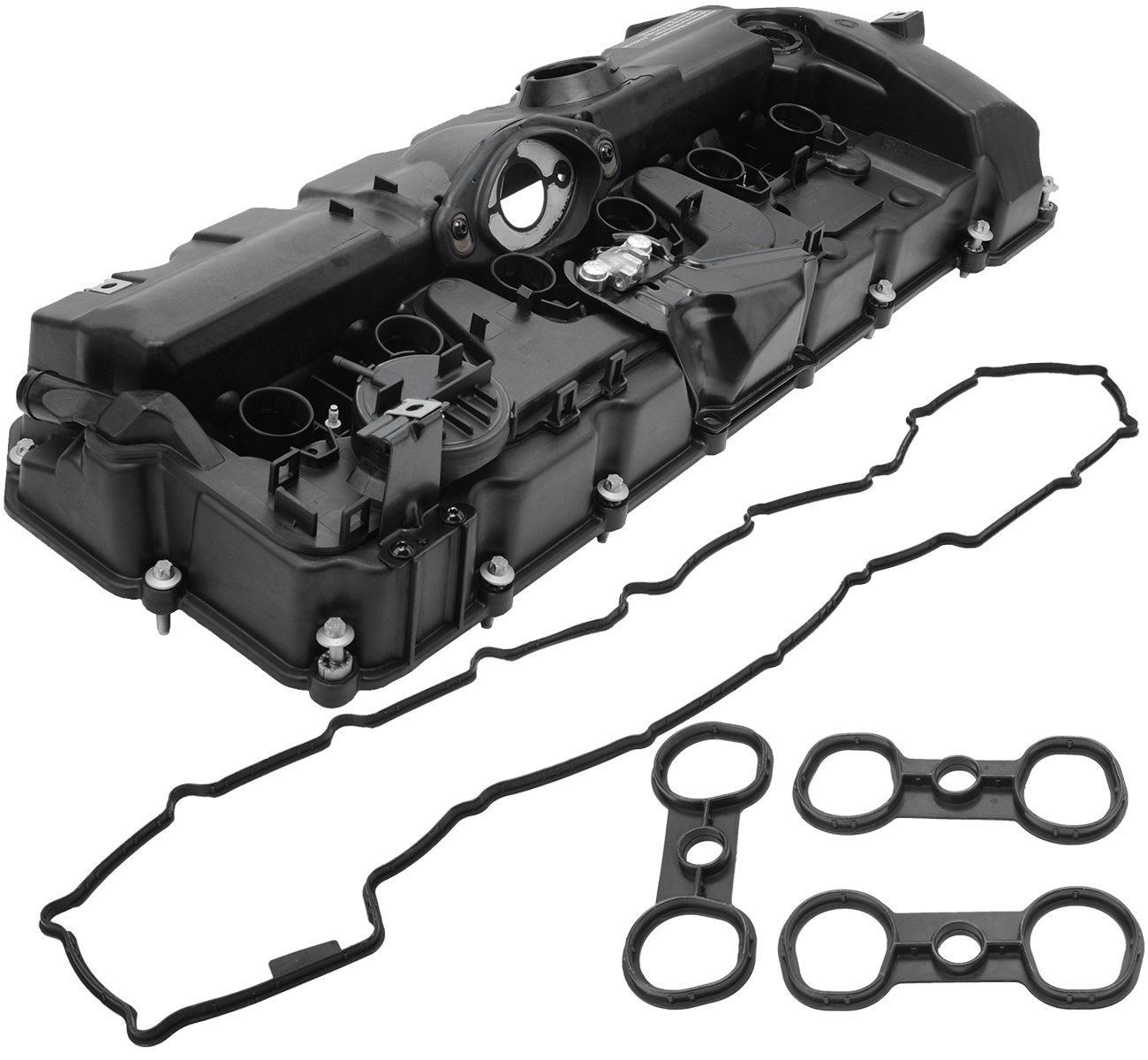

As you cruise down the highway, the engine humming beneath you, a sense of power and exhilaration fills the air. But amidst the thrill of the drive, it’s crucial to remember the importance of safeguarding the heart of your vehicle – the engine. This is where the unsung hero of the engine, the engine valve cover, comes into play.
I. Introduction
Often overlooked amidst the engine‘s complexities, the engine valve cover, also known as a rocker cover or tappet cover, plays a vital role in ensuring the smooth operation and longevity of your vehicle‘s powerplant. This unsung hero acts as a silent sentinel, shielding the delicate components within the engine block from harm.
A. Defining the Engine Valve Cover
The engine valve cover is a metal or plastic casing that sits atop the engine block, enclosing the valve train assembly. This assembly comprises the valves, rocker arms, and pushrods, which work in harmony to control the flow of air and fuel into the combustion chambers.
B. Significance of the Engine Valve Cover
The engine valve cover serves several critical functions, protecting the valve train from external contaminants and maintaining proper lubrication. It also facilitates valve adjustments, allowing technicians to regulate the timing and clearance of the valves for optimal engine performance.
C. Growing Importance of Engine Valve Cover Maintenance
As modern engines become more sophisticated and operate at higher temperatures, the engine valve cover’s role in maintaining engine health has grown increasingly crucial. Proper maintenance of the valve cover helps prevent engine damage, ensures optimal performance, and extends the lifespan of your vehicle’s powerplant.
II. Understanding the Engine Valve Cover’s Function
A. Protection from Debris and Contaminants
The engine valve cover acts as a barrier, shielding the valve train from airborne debris, dust, and moisture. These contaminants can interfere with the precise operation of the valves, leading to engine misfires, reduced performance, and even wear and tear on the components.
B. Maintaining Proper Lubrication
The engine valve cover helps retain engine oil within the valve train, ensuring proper lubrication of the valves, rocker arms, and pushrods. This lubrication minimizes friction, reduces wear, and prevents premature component failure.
C. Facilitating Valve Adjustments
The valve cover provides access to the valve train components, allowing technicians to perform valve adjustments. These adjustments are crucial for maintaining optimal engine performance and fuel efficiency, as they regulate the timing and clearance of the valves for proper air-fuel intake and exhaust.
III. Types of Engine Valve Covers
A. Aluminum Valve Covers
Aluminum valve covers are lightweight and durable, offering excellent protection against corrosion and heat dissipation. They are a popular choice for both OEM and aftermarket applications.
B. Steel Valve Covers
Steel valve covers are more robust and less prone to cracking or warping compared to aluminum counterparts. They are often used in high-performance applications where durability and heat resistance are paramount.
C. Performance-oriented Valve Covers
Performance-oriented valve covers are designed to enhance airflow and reduce heat retention, contributing to improved engine performance. They may feature fins or vents to promote air circulation and dissipate heat more effectively.
IV. Choosing the Right Engine Valve Cover
When selecting an engine valve cover for your vehicle, consider the following factors:
A. Compatibility with Your Engine Model: Ensure the chosen valve cover is specifically designed for your engine model. Check the manufacturer’s specifications and compatibility charts to avoid fitment issues.
B. Material and Durability: Consider the material and durability of the valve cover. Aluminum offers a balance of weight and corrosion resistance, while steel provides enhanced strength and heat tolerance.
C. Style and Aesthetics: Choose a valve cover that complements the overall style and aesthetics of your vehicle. Consider the color, finish, and design of the cover to match your personal taste and the vehicle’s overall look.

V. Benefits of Maintaining a Properly Functioning Valve Cover
A properly functioning engine valve cover offers several benefits:
A. Prevents Engine Damage: A sealed and intact valve cover prevents contaminants from entering the valve train, reducing the risk of engine damage and premature wear.
B. Ensures Optimal Engine Performance: Proper lubrication and valve adjustments, facilitated by the valve cover, contribute to optimal engine performance, fuel efficiency, and reduced emissions.
C. Extends Engine Lifespan: By protecting the valve train and ensuring optimal engine operation, a well-maintained valve cover extends the lifespan of your vehicle’s powerplant.
VI. Signs of a Faulty or Damaged Engine Valve Cover
Several signs can indicate a faulty or damaged engine valve cover:
A. Oil Leaks: Leaks around the valve cover gasket or from cracks in the cover can signal a compromised seal, allowing oil to escape.
B. Unusual Engine Noises: A ticking or tapping sound coming from the engine might indicate loose valve train components due to a worn or damaged valve cover.
C. Reduced Engine Performance: If contaminants enter the valve train due to a faulty valve cover, it can lead to engine misfires, rough idling, and a noticeable decrease in power output.

VII. Replacing or Repairing an Engine Valve Cover
Replacing or repairing a faulty engine valve cover can be a straightforward process for mechanically inclined individuals. However, consulting your vehicle’s service manual for specific instructions is always recommended. Here’s a general outline of the process:
A. Safety Precautions:
- Park your vehicle on a level surface and engage the parking brake.
- Wear safety glasses and gloves to protect yourself from potential hazards during the process.
- Allow the engine to cool completely before starting any work. Hot engine components can cause burns.
B. Gathering Necessary Tools and Materials:
- Replacement engine valve cover (ensure compatibility with your vehicle)
- New valve cover gasket
- Socket wrench set
- Torque wrench
- Scraper (for removing old gasket material)
- Degreaser (for cleaning the sealing surfaces)
- Rags
C. Locating and Removing the Old Valve Cover:
- Identify the valve cover mounting bolts and loosen them gradually using the socket wrench.
- Carefully remove the old valve cover, being mindful of any hoses or wires attached to it.
- Set the old valve cover aside for proper disposal.
D. Installing the New Valve Cover:
- Clean the sealing surfaces on the engine block and the new valve cover thoroughly using the degreaser and rags.
- Apply a thin layer of fresh gasket material to the designated area on the new valve cover according to the manufacturer’s instructions.
- Carefully position the new valve cover onto the engine block, ensuring proper alignment.
- Tighten the valve cover mounting bolts gradually and in a crisscross pattern to the recommended torque specifications using the torque wrench. This ensures a secure and even seal.
E. Final Checks and Adjustments:
- Reconnect any hoses or wires that were disconnected during the removal process.
- Double-check all valve cover mounting bolts for tightness.
- Start the engine and visually inspect for any leaks around the valve cover.
- Listen for any unusual engine noises.

VIII. Preventive Maintenance for Your Engine Valve Cover
Regular maintenance plays a crucial role in ensuring the proper functioning of your engine valve cover:
A. Regular Inspections:
- Periodically inspect the valve cover for any signs of leaks, cracks, or warping.
- Look for oil accumulation around the valve cover gasket, which might indicate a potential leak.
B. Cleaning and Checking for Leaks:
- Clean the area around the valve cover to remove dirt and debris buildup, which can contribute to leaks.
- During oil changes, visually inspect the valve cover gasket for any signs of wear or damage.
C. Tightening Bolts and Screws:
- Over time, the valve cover mounting bolts can loosen slightly due to engine vibrations.
- Re-tighten the valve cover bolts periodically to the recommended torque specifications to maintain a secure seal.
IX. Additional Considerations
A. Warranty and Customer Support:
- When purchasing a replacement valve cover, consider the warranty offered by the manufacturer.
- Choose reputable brands with good customer support in case you encounter any issues with the product.
B. Environmental Impact of Materials:
- Be mindful of the environmental impact of the materials used in the valve cover.
- Consider recycled aluminum valve covers as a more eco-friendly option.
C. Recycling and Disposal Options:
- Properly dispose of used engine oil and the old valve cover gasket according to local environmental regulations.
- Many automotive repair shops offer used oil and parts recycling programs.
X. The Future of Engine Valve Covers
The world of engine valve covers is constantly evolving, with advancements in materials and design shaping their future:
A. Advancements in Materials and Design:
- Lightweight and high-strength composite materials are being explored for valve covers, offering improved performance and weight savings.
- Integrated designs that combine the valve cover with other engine components are being developed to enhance efficiency and reduce complexity.
B. Integration with Engine Management Systems:
- Future valve covers might integrate with engine management systems, providing real-time data on oil pressure and temperature.
- This data can be used for preventive maintenance and early detection of potential engine issues.
C. Potential for Smart Features and Sensors:
- The incorporation of smart features and sensors into valve covers is a possibility for the future.
- These sensors could monitor various parameters like oil level and quality, alerting drivers to potential problems.
Leave a Reply